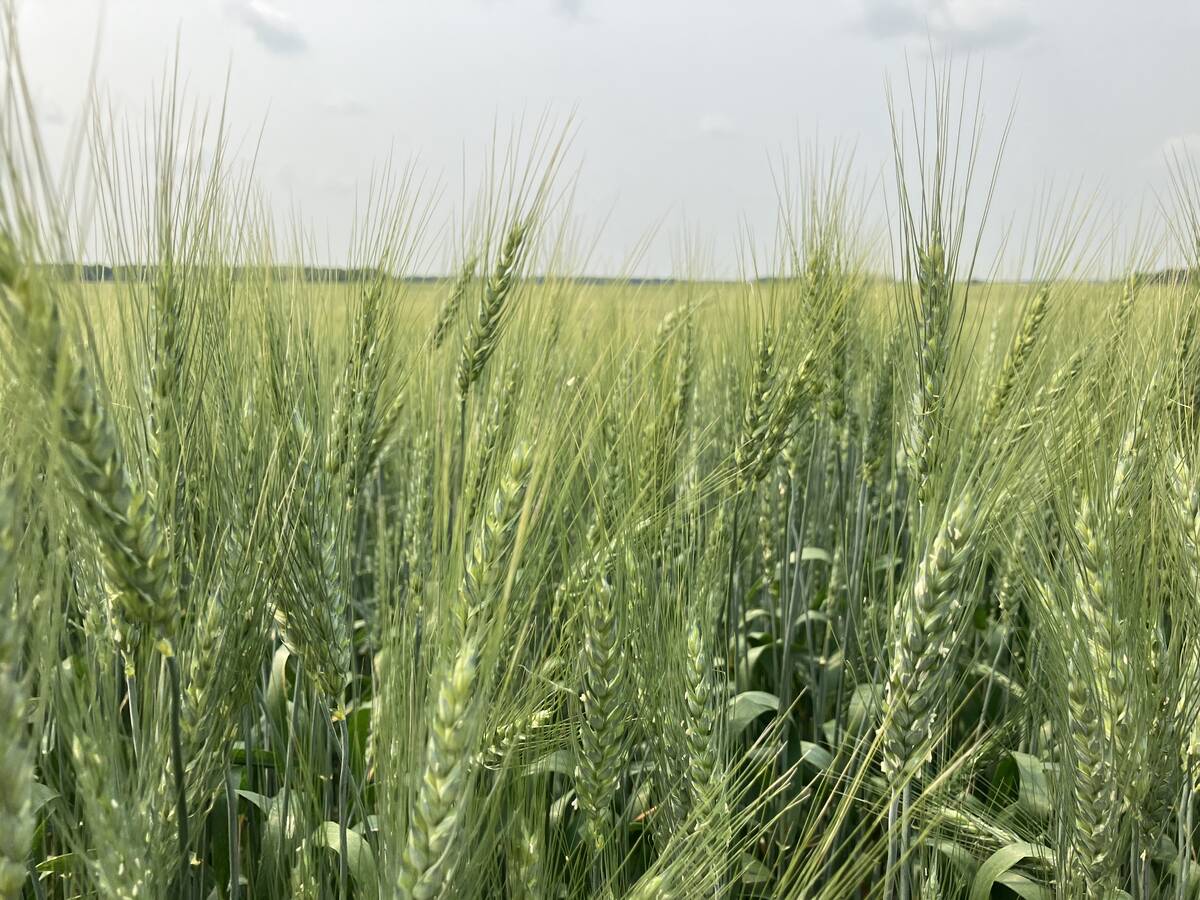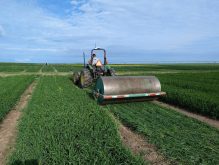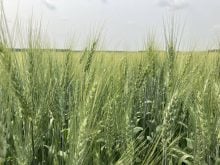SaskWheat will be responsible for managing levies collected from growers of winter wheat, fall rye and winter triticale
Spring wheat growers and winter cereal growers in Saskatchewan will soon be paying producer levies to the same provincial commission.
At annual general meetings held last week in Saskatoon, members of the Saskatchewan Wheat Development Commission (SaskWheat) and the Saskatchewan Winter Cereals Development Commission (SWCDC) approved resolutions to amalgamate their organizations.
Once the merger is formalized, SaskWheat will assume responsibility for managing producer levies collected from growers of winter wheat, fall rye and winter triticale.
SaskWheat already manages spring wheat and durum levies.
Read Also

Sorting out the noise on fertilizer biologicals and biostimulants
Biologcials and biostimulants are gaining traction, but experts say Prairie grain growers still need to ask hard questions and look for data that backs up companies’ claims.
Combining the two commissions will result in numerous benefits, said supporters of the merger, including enhanced administrative efficiencies and better co-ordination of research, market development, advocacy and communications initiatives.
Leaders from the two organizations said the merger will be formalized by Aug. 1, the first day of the 2023-24 crop year.
Brad White, a grain farmer from Gull Lake, Sask., and chair of the winter cereals group, said a reduction in winter cereal check-off revenues prompted directors to explore the benefits of a merger.
The two organizations agreed in January 2022 to consult with grower members and gauge producer support for a merger.
An initial survey of winter cereal growers conducted in early 2022 showed strong support, with more than 95 percent of survey respondents favouring amalgamation.
“Between reduced yields and reduced seeded acreage, it really drove our check-off funds down a lot (at SWCDC),” said White.
“We decided to be proactive while we still had some contingency funds to get this merger done rather than basically be completely out of money and then start (the process).”
According to White, persistent drought in important winter cereal production areas served as a catalyst for merger discussions.
Most Saskatchewan’s winter cereals are grown in the southwestern and south-central regions of the province.
Ongoing drought in those areas over the past few years has resulted in a 50 percent reduction in annual winter cereal acres.
White said annual plantings sit at about 60,000 acres. The winter cereals checkoff is set at $1 per tonne.
White told SWCDC members that he hasn’t planted winter cereals on his farm for the past two years.
“It was just too dry to get any fall crops sown,” he said.
Levy slippage has also cut into SWCDC revenues.
“A lot of the checkoff that we could be collecting has been going to SaskWheat anyway, so it just makes sense for it to go into the same funding pool to begin with.”
In his report to SWCDC members during the commission’s annual general meeting Jan. 9, White said the winter cereals commission has always strived to minimize administration costs and maximize the amount going to agronomy research and variety development work.
“But with reduced checkoff and the federal agriculture cluster programs requiring a higher percentage of producer input, we have found it harder and harder to continue to make commitments to future research projects.”
Variety development programs for winter cereal crops will continue to receive funding under the new crop cluster agreements, he added.
Brett Halstead, chair of the SaskWheat, said the two groups began informal amalgamation talks about two years ago.
“Because they (SWCDC) are a smaller commission, they felt that they were spending a higher percent of their levy just to keep the organization going,” said Halstead, a grain grower from Nokomis, Sask.
“And with variable (winter wheat) acres, that was making it hard for them to commit to long-term funding arrangements.”
Halstead said SaskWheat revenues, which are larger and less prone to annual fluctuations, will lend stability to program initiatives that benefit winter cereal growers.
Staff numbers at SaskWheat are not expected to change because of the merger, although commission members did approve a resolution to increase the size of the SaskWheat board to eight directors from seven.
Efficient management of provincial crop commissions is an important consideration, Halstead added.
“At the end of the day, we’re all the same farmers,” he said.
“Nobody grows just one crop — or very few people, if any — so it’s important that we try to run these commissions as cost effectively as possible.”
The SWCDC is the last winter cereals commission left on the Prairies.
Producer levies collected from winter cereal growers and spring wheat producers are already managed by a single commission in Alberta and Manitoba.
















